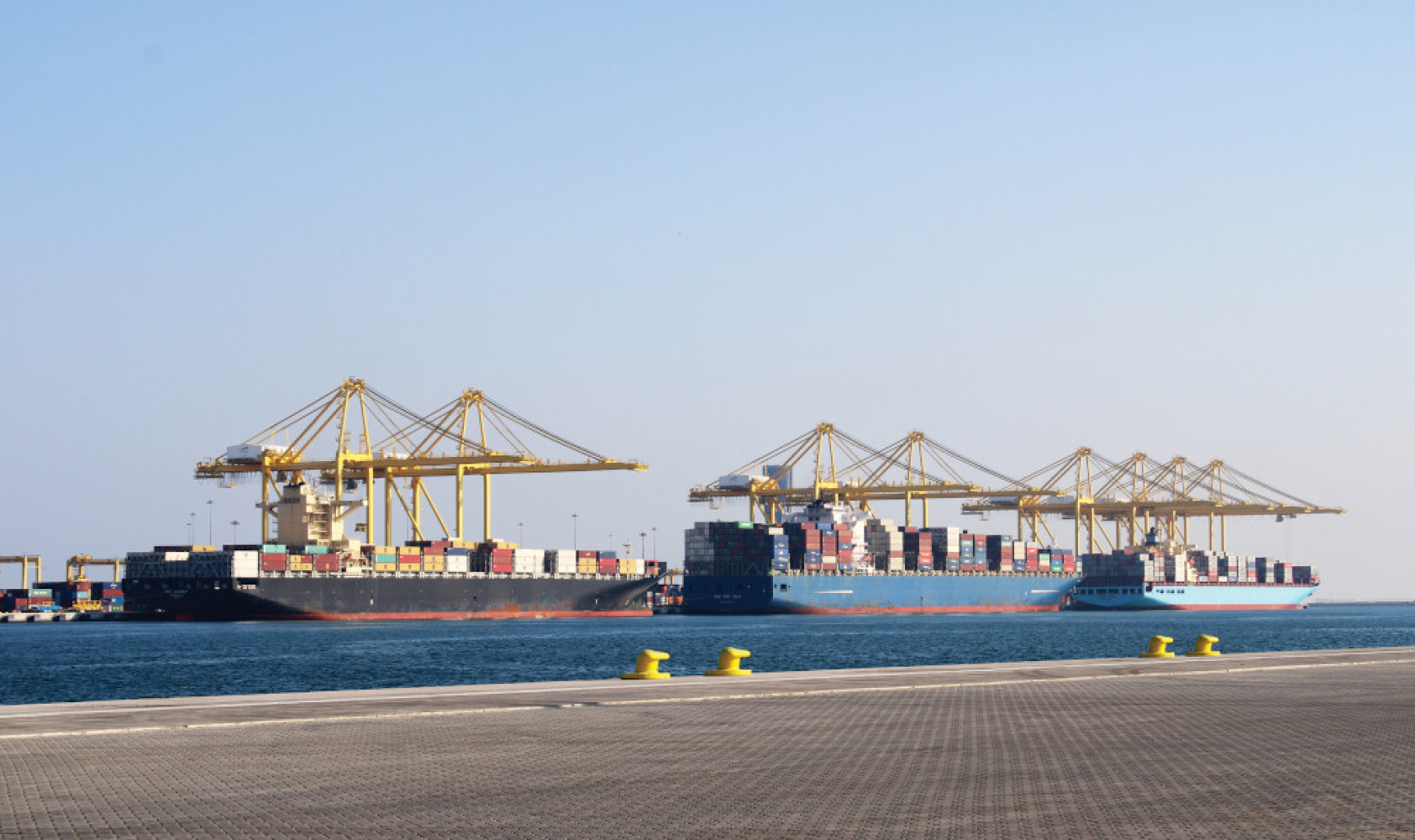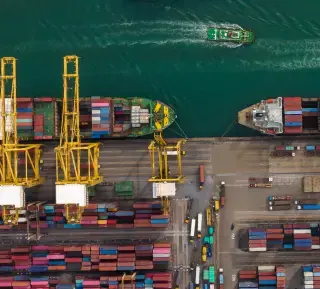In 2022, digitalization and sustainability will set the agenda for the shipping industry. As a result of the Covid-19 outbreak, the shipping sector was one of many to experience disruption. Despite the hardship, the international container export volume is expected to increase in 2022. This increase is not only due to last year's backlogs but also due to a steady recovery of the shipping sector.
A report by the United Nations Conference on Trade and Development (UNCTAD) indicates that the increase in shipping container prices is not likely to decrease any time soon. The high container freight rates could increase global import price levels by 11%. Moreover, consumer price levels could rise by 1.5% between this year and the next. While these rates have been stable since the beginning of the year, supply chain disruption remains a critical difficulty for the shipping industry.
Since late 2021, nearly 600 container ships have been stuck waiting outside ports around the world. Goldman Sachs expect that delays and high shipping costs are likely to persist until at least mid-2022. One reason is that there is no immediate solution to the underlying imbalance between supply and demand at US ports. Additionally, waiting times have increased enormously all around the world. This means, moving forward, players in the industry need to further adapt to flexible supply chains. As well asd enhance their supply chain forecasting.
The road towards digitalization
The global pandemic greatly accelerated the digitization and cooperation between parts of the supply chain. The container shipping industry has adapted to find new ways to handle disruption and keep operating as efficiently as possible. There has been a move into a more digitalized and automated world.
While a range of digital innovations and solutions have been implemented to adapt to Covid-19 times, digital solutions have also increased competitiveness. Moreover, it has also played an important role in lowering the impact of the congestion crisis by speeding communications and improving operational efficiency. According to McKinsey & Company, 2022 will bring an increase in data analytics software in the shipping industry. Simply put, shipping companies are concentrating on creating immediate and more efficient digital interactions with their stakeholders
Sustainability and efficiency as the ultimate goals for the shipping industry
The transition towards digitalization and automation is leading the industry towards achieving its goal of zero emissions by 2050. New technologies have enhanced overall operational efficiency, and increasing sustainability has been a focal point for the maritime world over the last few years.
Following the COP26 summit at Glasgow, the shipping industry is making sustainability one of its top priorities. Maersk, for instance, will operate the first carbon-neutral ship sooner rather than later. In other wFollowing the COP26 summit at Glasgow, the shipping industry is making sustainability one of its top priorities. Maersk, for instance, will operate the first carbon-neutral ship sooner rather than later. In other words, shipping lines are trying to move away from traditional practices and switch to more sustainable ones.
At Portchain, our mission is to make container shipping more predictable, efficient and green by optimizing the port call through better planning. Our products help terminals and shipping lines to share, align and optimize vessel turn times, berthing specifics, and quayside operations. We partner with leading shipping companies to accelerate their digital transformation and sustainability agenda through the application of data sharing, collaboration and AI.



